How to Keep Waterproof Boots Dry on the Inside
The most reliable way to keep waterproof work boots dry on the inside is to ensure they’re made of quality materials. Cheap waterproof boots will invariably leak, leading to discomfort. In fact, with quality boots, water-resistant is often all you’ll need.
With water-resistant leather boots, providing the stitching and the leather is of good quality, conditioning the leather monthly will prevent water from getting inside. After reading this article, you’ll know what to look for in a waterproof boot and how to keep your feet dry while wearing them.
What You’ll Need to Keep Waterproof Boots Dry on the Inside
The old saying “you get what you pay for” is so accurate regarding waterproof boots that it’s scary.
You need to know your boots are up to the task, and if you’ve bought cheap waterproof boots, you’ll quickly find they’re leaky due to the poor-quality materials used in their construction. If you’ve purchased quality boots, you’ll find that water-resistant is enough.
You'll need thick leather, superb stitching, and an overall construction quality that prevents water from reaching your feet. You’ll find all these as standard with the JK Boots Superduty range, with 8oz thick leather uppers and high-strength thread holding everything together.
The Superuty is built to keep the weather at bay and your feet dry and does a superb job on all terrains. You’ll still need to condition the leather sporadically to ensure your boots remain water-resistant, but with cheaper boots, no amount of aftercare will stop the influx of water.
If you’re still looking for that extra level of waterproofing, or you’re trying to prolong the life of an older pair of waterproof boots, here’s what you’ll need:
- Conditioning oil.
- Leather preservative.
- Waterproofing spray.
- Moisture-wicking socks.
- Waterproof boot liner.
- Moisture-wicking insoles.
- Microfiber cloth.
- Leather brush.
3 Ways to Keep Your Waterproof Boots Dry on the Inside
Our first option is the most reliable way to keep your boots dry inside, though it assumes your boots aren’t full of holes. Old boots are still great boots, and new boots need a little attention to keep them in top condition.
Option 1: Maintain the Outer Waterproofing
One of the most versatile and robust boots we’ve ever created, the JK Boots O.T. is a hybrid boot that can handle any weather and terrain and works Over-Time whenever you need them.
A Vibram sole and stitchdown construction make the O.T. a standout performer in wet weather, but they’ll still need cleaning and conditioning monthly to keep them water-resistant. If you’re revisiting an old pair of boots, you’ll first need to prepare the leather for the weather.
Step 1: Clean Your Boots
Before you can condition the leather to nourish it, you’ll have to ensure your boots are mud-free. Briskly brush off the mud from your boots using a leather or suede brush, cleaning off any dirt around the stitching.
Because we know what it takes to make boots stay water-resistant, the JK Boot Care Package has everything you’ll need from start to finish. Our complete faith in Obenauf’s oil and preservative makes the next few steps an absolute dream.
Step 2: Condition the Leather
Once clean, you can apply the leather oil and preservative to keep your boots as water-resistant as the day you bought them. Apply the leather oil with either a microfiber cloth or the applicator inside the lid.
You can apply generously but evenly and allow the oil to soak into the leather, and then leave the boots for an hour or so for the oil to soak in. Once dry, you can check for any lighter patches where you’ve missed applying the oil and add more as you see fit.
Repeat the process with the leather preservative, applying gently with a clean microfiber cloth. Rub the preservative into the leather in circular motions, massaging it into the pores to ensure the leather is ready for any weather.
Step 3: Spray with Waterproofing Spray
As a final layer of protection, you can spray your boots with waterproofing spray. The waterproofing spray needs fairly regular application, and it’s handy to keep in your bag for when the weather turns.
Because it’s so easy to apply, you can spray your boots whenever you want, usually if you’re heading out to work in harsh weather. Even used monthly as part of your boot care regime, waterproofing spray will add that final layer of protection to ensure your boots stay dry on the inside.
Option 2: Wear Moisture-Wicking Socks and Insoles
If your boots are letting in minimal amounts of moisture, or you’re finding that your feet are so sweaty that they’re causing your boots to feel wet, you’ll need a way to soak up the water and keep your feet dry.
A great combination of products to use is moisture-wicking socks and insoles. Cheap boots often leak from the seams or soles, so you’ll need to find a way to remove excess water.
Step 1: Insert the Insoles
There are many superb insoles available that will wick up sweat and moisture. You can even find insoles made of thin wood, such as cedar, which soaks up water and sweat while keeping your boots smelling fresh.
Once you’ve chosen your insoles, place them inside your boots and check for fit. Insoles shouldn’t feel too loose, but they can be trimmed down to size if they're too large. Try them out for a few weeks to see if you notice your boots remain dry while you’re working.
If you don’t notice much difference, it’s time to try moisture-wicking socks alongside the insoles.
Step 2: Combine Insoles with Moisture-Wicking Socks
The type of socks you wear matters when it comes to wet or sweaty feet, which is why the Darntough Boot Work Sock is proven to help keep your feet dry.
Merino wool has incredible moisture-wicking and can retain much more liquid relative to its weight than most synthetic materials. Regardless of the weather, slip on your moisture-wicking socks, and try them out with your new insoles for a few weeks.
Step 3: Assess the Results and Reassess Your Options
With two new ways to keep your waterproof boots dry on the inside, you should notice a marked improvement in dryness. If you don’t, you only have two choices: new boots or a waterproof boot liner.
Option 3: Invest in a Waterproof Boot Liner
Invest in Goretex boot liners if you want to keep your boots for as long as possible.
If your boots were made to order, or are a snug fit, Goetex boot liners may prove tricky to wear, but if there’s space inside your boots, you can wear them over thin work socks, and they’ll usually keep your feet completely dry.
Step 1: Wear Thin Socks
While Goretex boot liners are breathable, your feet will soon feel warm when working in boot liners. There’s also the amount of room inside your boots that needs considering—thick socks may make it tough to get into them.
Step 2: Test the Boot Liners during Wet Weather Conditions
The only way to find out if something’s going to work or not is to test it. Goretex boot liners are thin and can easily be rolled up in your pocket or bag until needed. When the time comes, simply take your boots off, slip on the boot liners over your socks, and then boot up.
After a long day in the rain, your boots will be soaked, and while you may even feel like your feet are wet as the water cools them, you’ll find them dry with a quality pair of Goretex liners.
Step 3: Solving a Problem or Going Around It?
While your feet are dry, your boots are technically waterproof, but that still leaves the upper of the boots to maintain. Without proper care, the leather will suffer, and despite having dry feet, your boots could quickly become useless.
Sure, your feet are dry, but your boots won’t last long if they take on water. The leather will split, the boot's shape will alter, and you’re simply delaying the inevitable. The only plus side is you’re delaying it while your feet are dry.
Conclusion
You wouldn’t say a broken-down old car still works simply because it moves when you roll it down a hill, and for waterproof boots, if they’re not keeping dry on the inside, they’re not waterproof boots.
For premium quality boots like the JK Boots Superduty Bison, prevention and aftercare is the best way to keep your boots dry on the inside. A monthly conditioning and waterproofing regime using something like the JK Boot Care Package will keep the leather water-resistant and your feet dry.
For cheaper boots made of poor-quality materials, often your only options are reactionary. While your feet may stay dry, the boots will never regain a level of water resistance that makes them viable in tough weather.
If you’ve found this article helpful, don’t forget to like and share it. If you’ve found a way to keep your boots dry inside, let us know in the comments.
FAQs
Why are my waterproof boots wet inside?
The most likely reason for waterproof boots to get wet inside is due to poor-quality manufacture or materials. If your boots haven’t been regularly treated to ensure they remain waterproof, they’ll lose the ability to keep out moisture over time. Thin, unconditioned leather, poor stitching, and improper care will make boots leak much more quickly.
How do you keep your feet dry in leaking boots?
To keep your feet dry in leaking boots, you'll either have to wear a waterproof Goretex boot liner or have your boots repaired. A waterproof liner won’t solve the leaking but will keep your feet dry. The main issue is that the more water your boots take onboard, the worse their condition becomes.

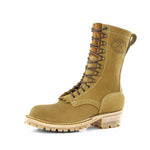

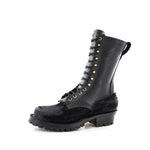
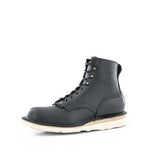
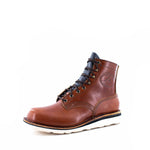

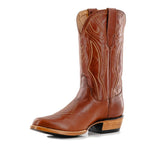
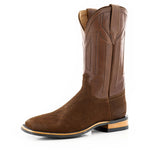
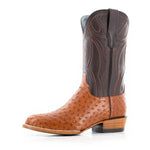


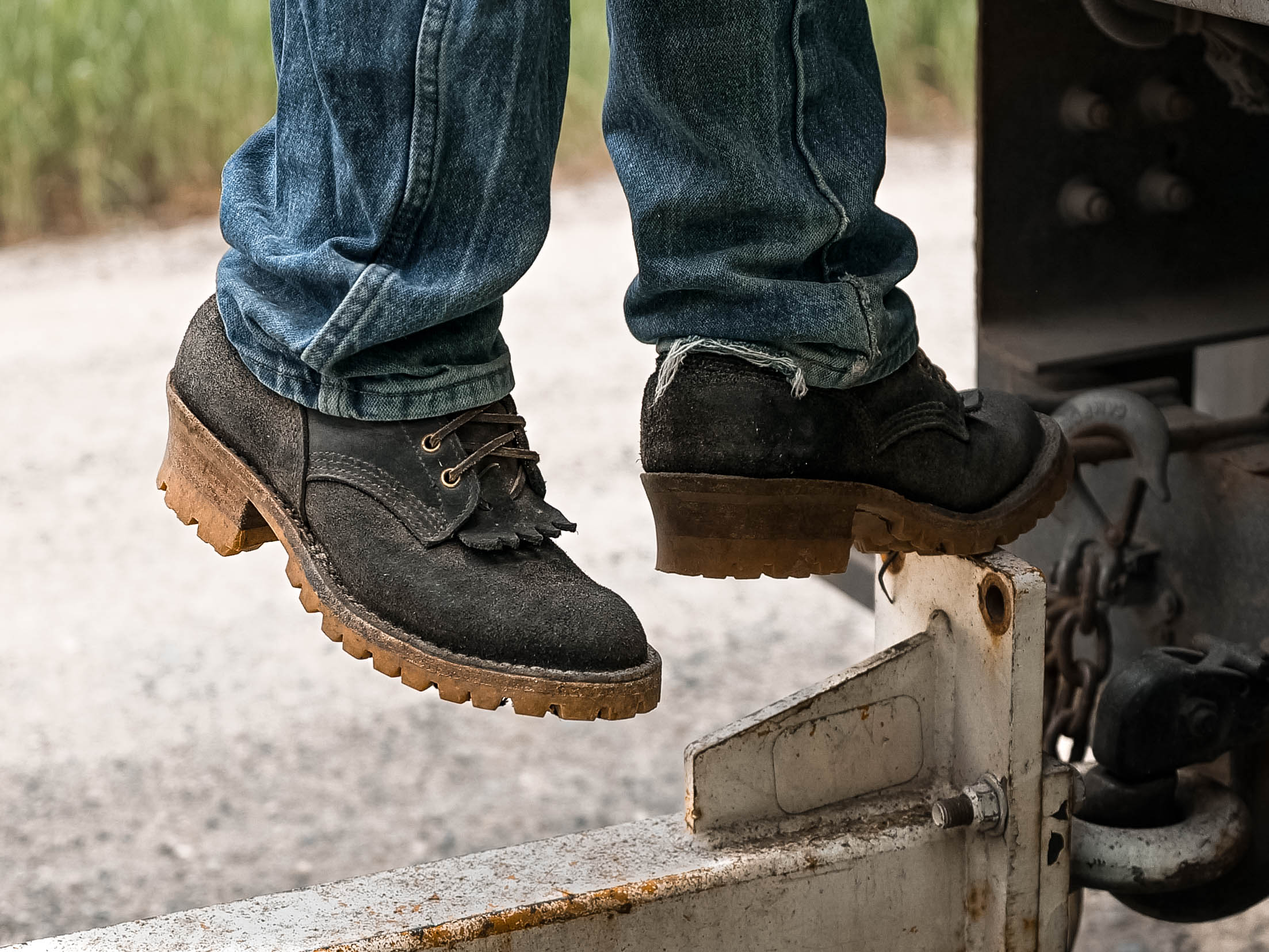
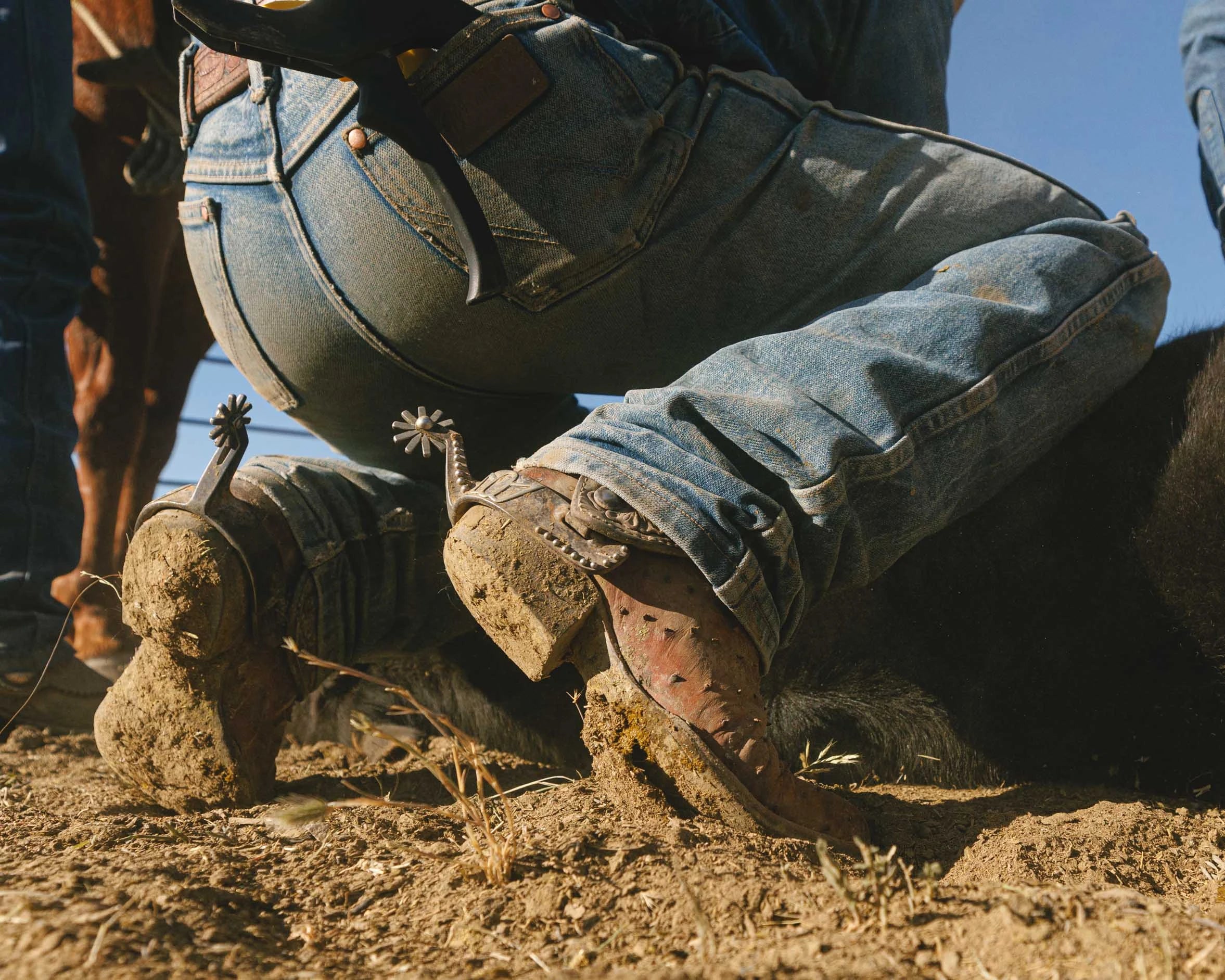
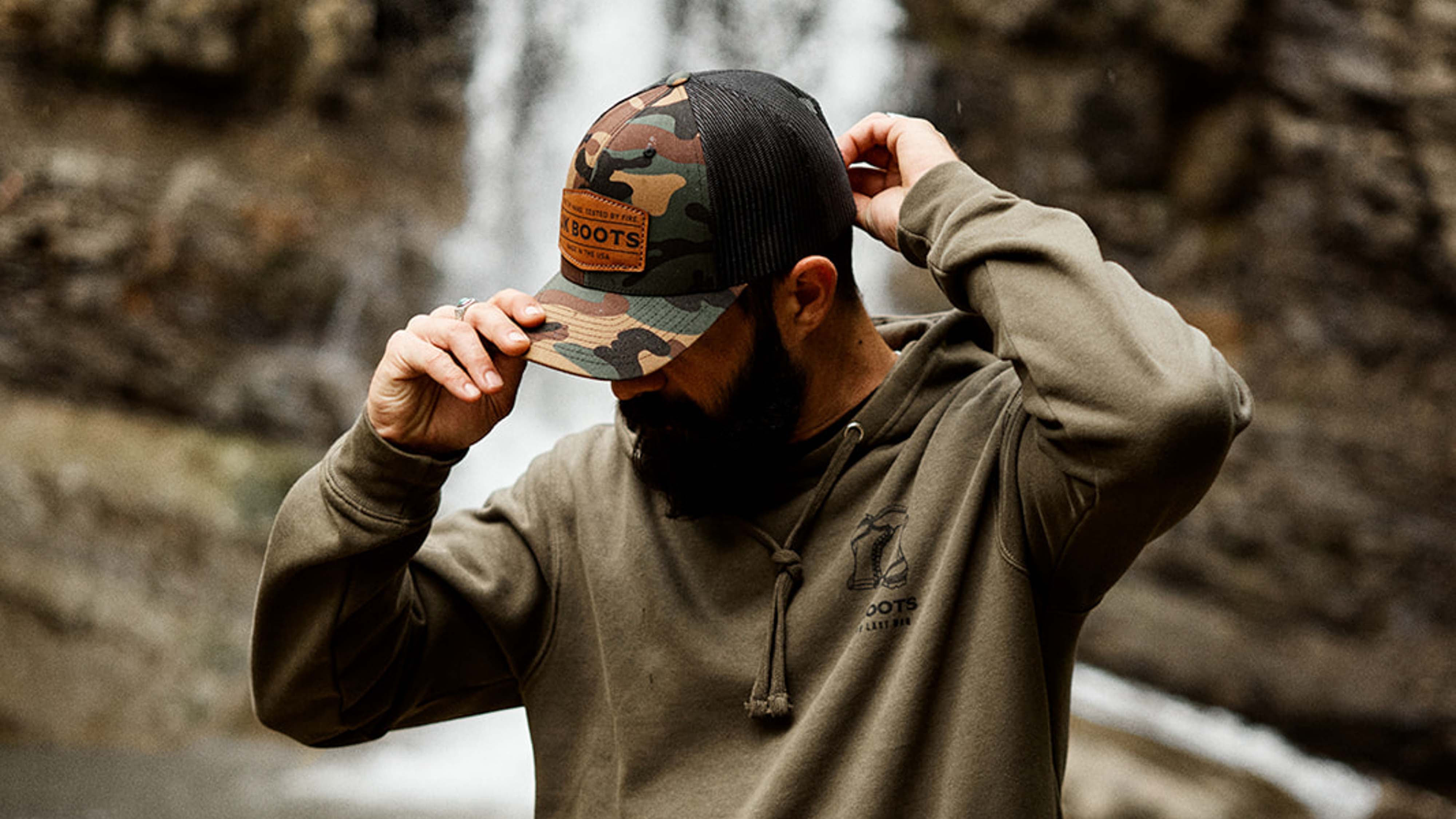
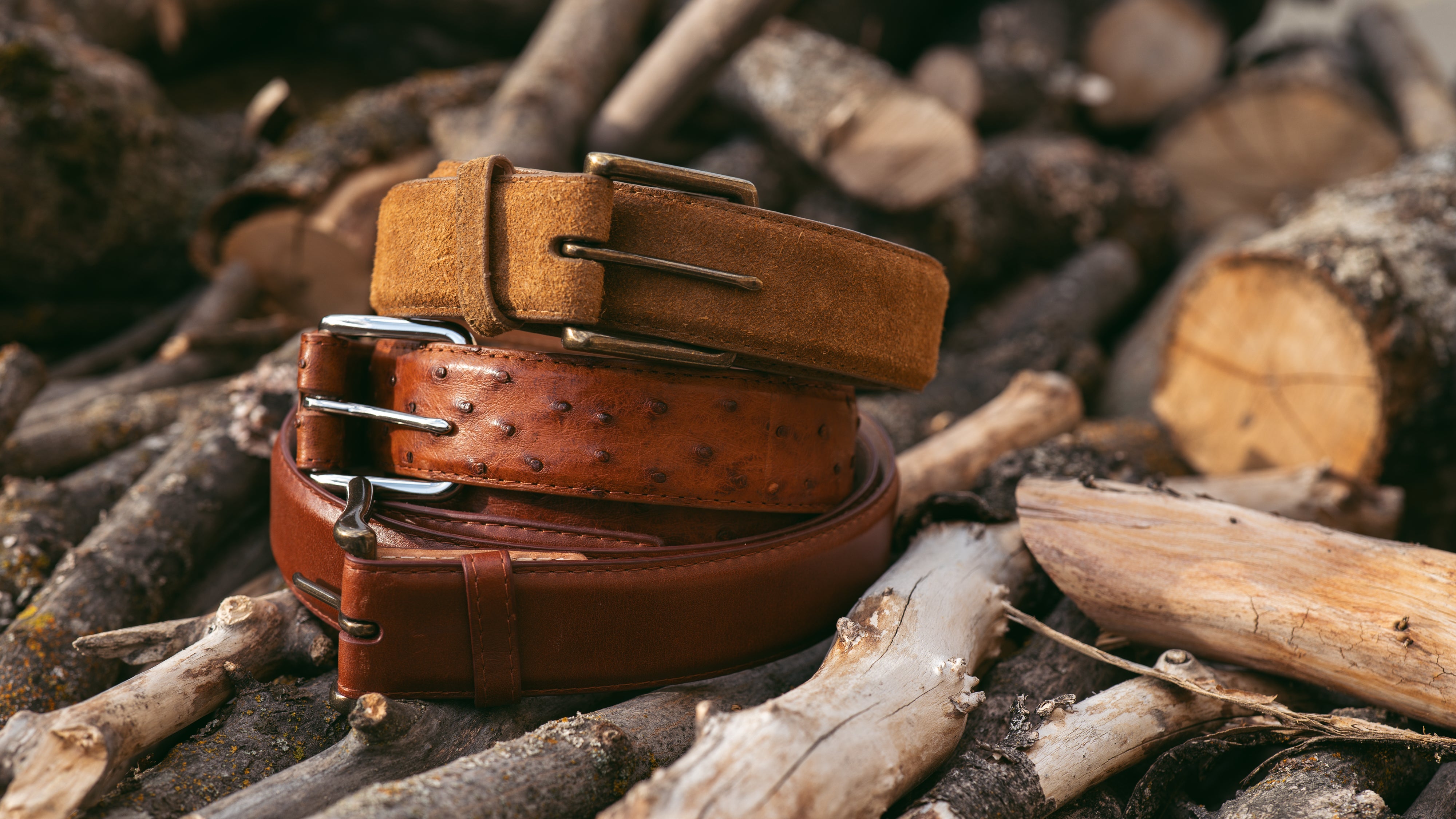
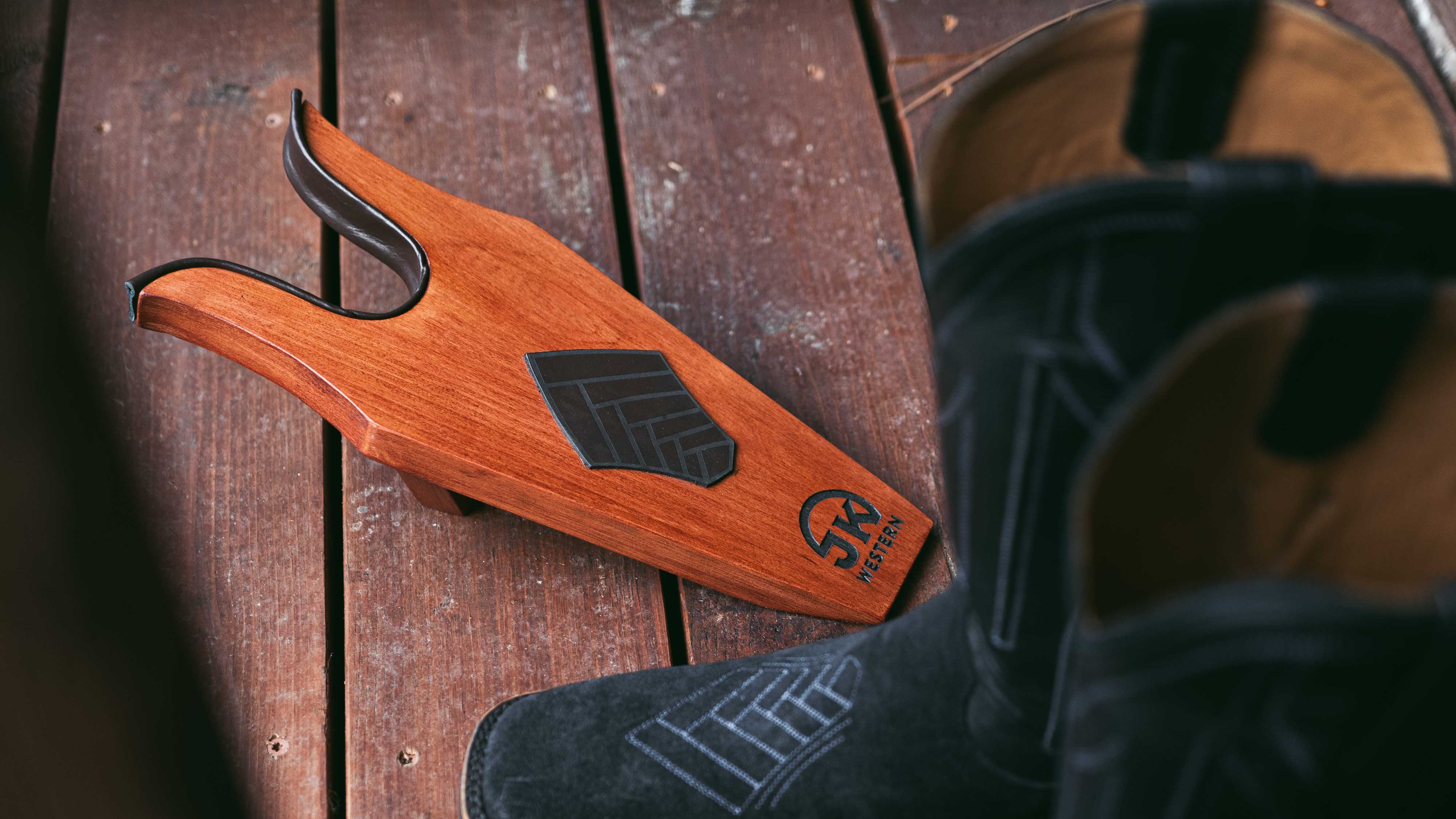
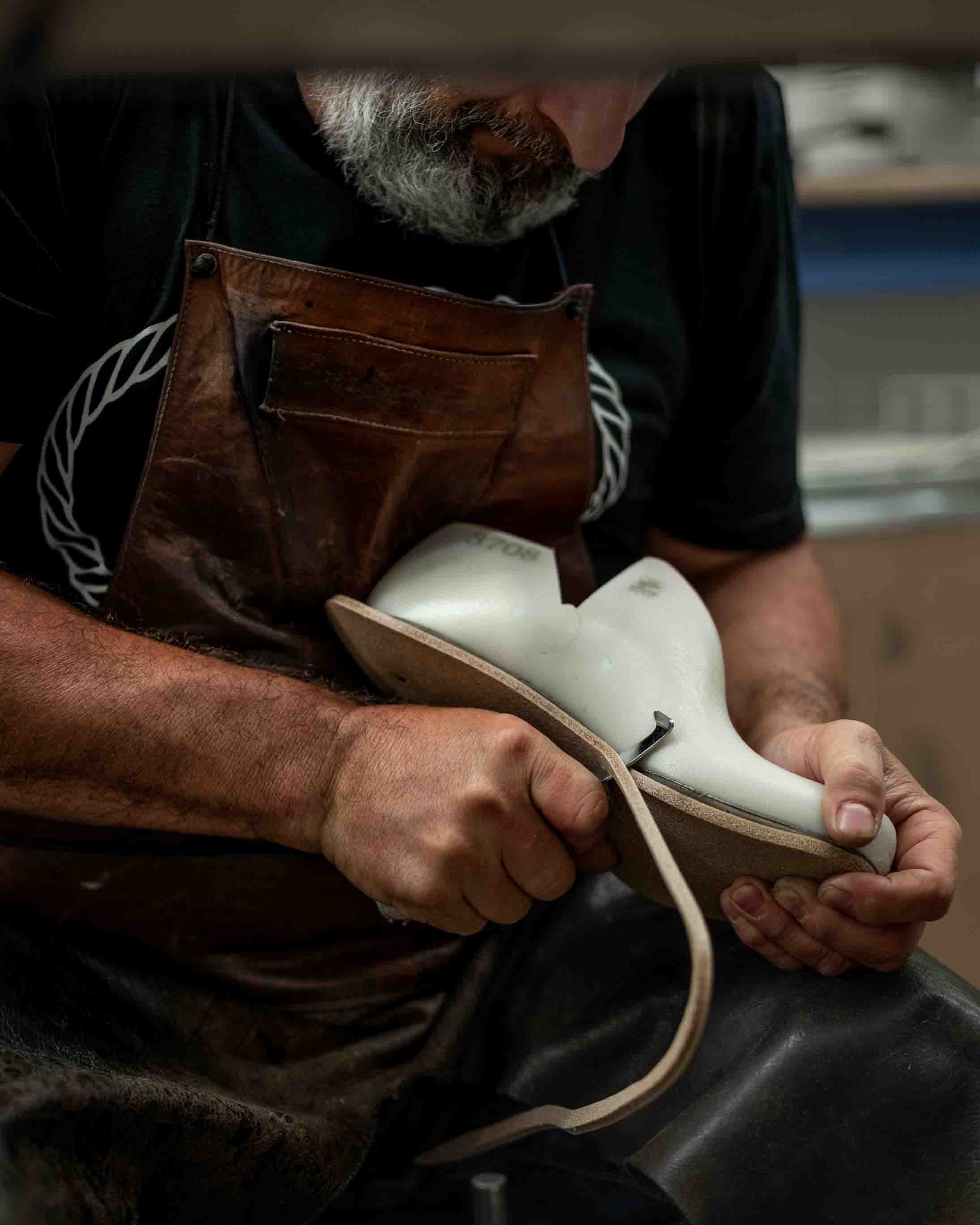

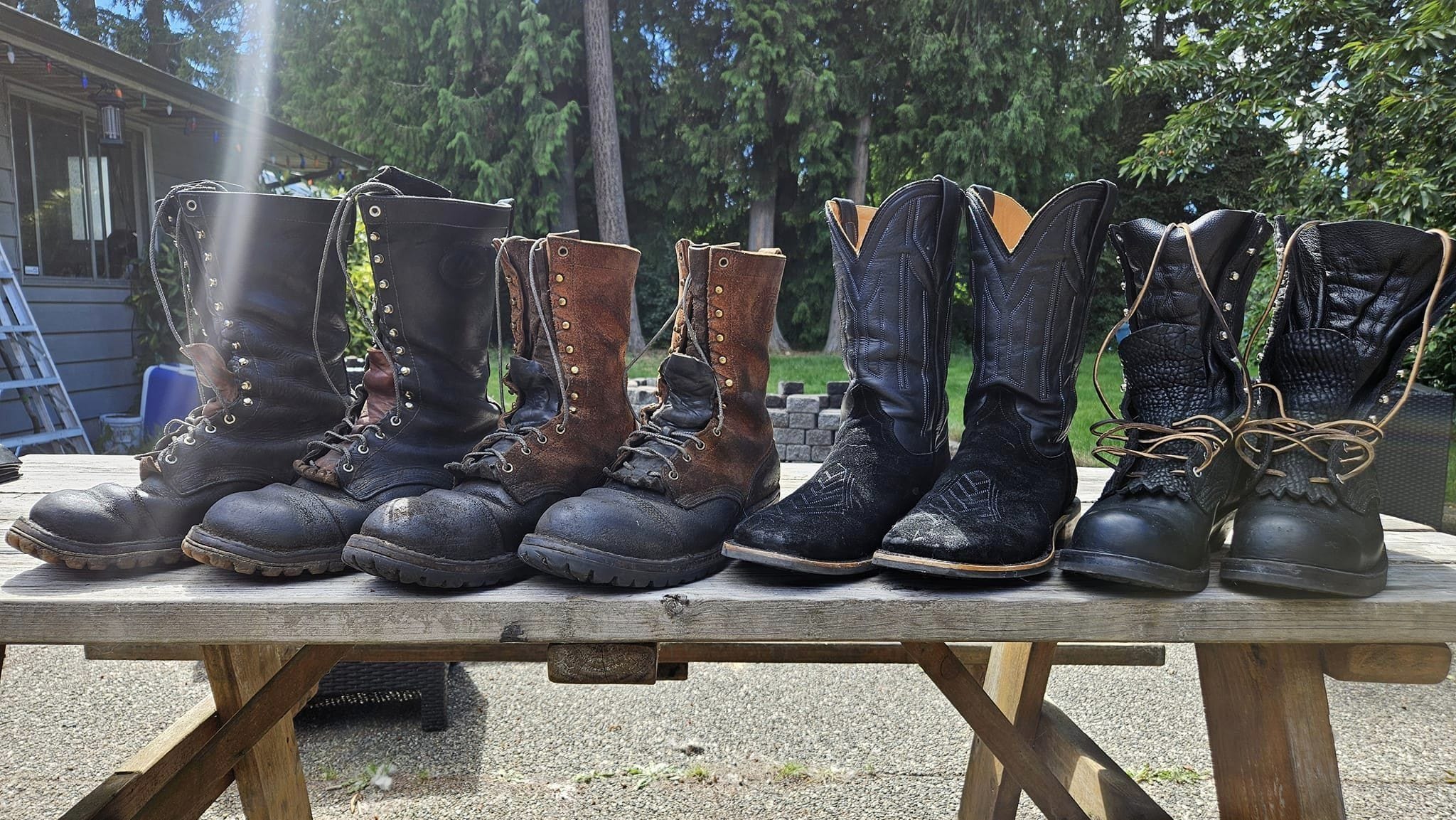
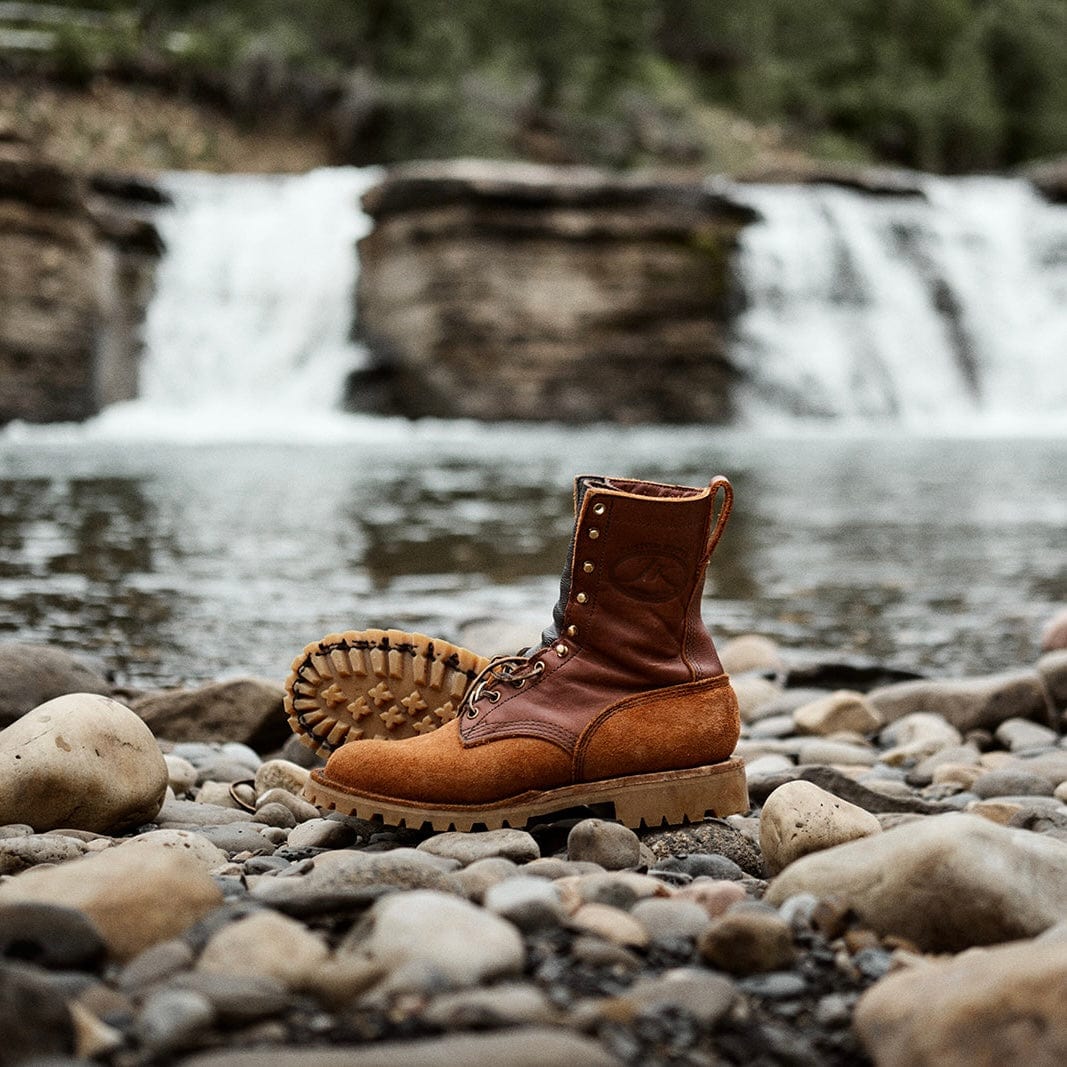
Bought a pair of karrimore boots , supposed to be waterproof yet after 3 months my feet are soaking wet . I have the same trainers yet after 18 months my feet are still bone dry
I’ve tried to leave karrimore a review but there isn’t any where I can leave one !
Leave a comment